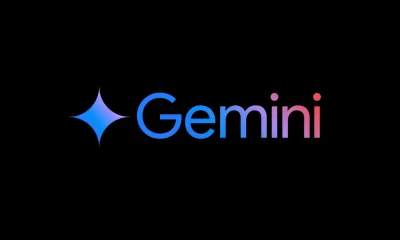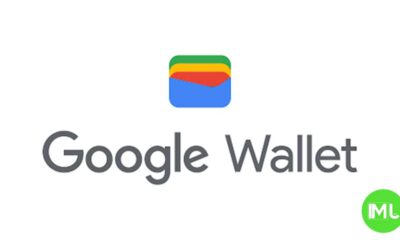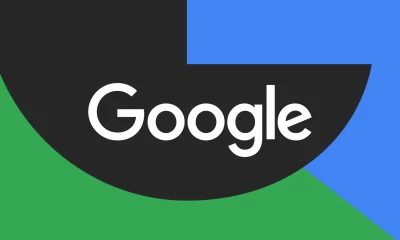Google Quietly solves major issue with Quick Share for windows, making file transfers smoother and faster

One of the most efficient ways to transfer files between Android devices and Windows PCs is through Google’s Quick Share. This tool is fast, easy to set up, and, until recently, had a frustrating limitation: it only worked efficiently if both devices were on the same Wi-Fi network. Google, however, has quietly addressed this limitation, making Quick Share far more versatile and effective in various network environments.
Quick Share’s Early Network Restriction Issue
When Google introduced Quick Share for Windows in 2023, the tool’s optimal file transfer speeds depended on both devices being connected to the same Wi-Fi network. If this condition wasn’t met, Quick Share would fall back to a slower Bluetooth connection, which significantly delayed large file transfers. For instance, when transferring a 5.4GB file over Bluetooth, the speed hovered around 60KB/s, requiring close to 24 hours to complete. In contrast, transferring the same file over a Wi-Fi connection boosted the speed to roughly 30MB/s, completing the process in just a few minutes.
The Quiet Update That Changed Everything
Recently, users have discovered that Quick Share can now transfer files over Wi-Fi speeds, even when the Windows PC isn’t on a Wi-Fi network. This change, though not formally announced by Google, has transformed Quick Share into a much more versatile tool. Testing has shown that even with no Wi-Fi network connection on the PC, Quick Share can still reach transfer speeds around 30MB/s or higher, as long as the PC’s Wi-Fi adapter is active.
How This New Setup Works
When initiating transfers from two Android devices (for example, a Xiaomi 14T Pro and a OnePlus 12) to two Windows PCs, the process often starts over Bluetooth but quickly switches to a much faster connection. Initially, the transfer speed is about 60-80KB/s, typical for Bluetooth, but then speeds up to 30-40MB/s as the Android device creates a temporary Wi-Fi hotspot to support faster data transfer. The hotspot name usually includes the term “DIRECT,” suggesting a Wi-Fi Direct-type connection, although there’s currently no confirmed use of Wi-Fi Direct in the Windows Nearby library.
Enhanced Portability with Quick Share
For users frequently on the move, the update eliminates the need to connect both devices to the same Wi-Fi network, making file sharing significantly more flexible. Transfer speeds vary based on the devices’ Wi-Fi capabilities and environmental factors, with some tests recording speeds as high as 90-110MB/s. This improvement means that large files can now be sent almost anywhere without lengthy wait times, which is invaluable for users on public networks or traveling.
Remaining Limitation: ARM Compatibility
While this update is a significant improvement, Quick Share for Windows still lacks official support for ARM-based Windows devices. Interestingly, the Quick Share app does run on ARM devices like Copilot Plus PCs, but installation requires transferring files from an x64 Windows machine, as the Quick Share installer currently fails on ARM devices.
With the restriction of needing a shared Wi-Fi network removed, Google has made Quick Share for Windows a much more versatile and accessible tool, addressing one of the most significant limitations users faced. While ARM compatibility is still pending, Quick Share now offers fast, reliable transfers between Android devices and Windows PCs in almost any setting, allowing users to work more efficiently wherever they are.
Google to invite big fans to early Pixel 10 event in June
Google is getting ready to show off its brand-new Pixel 10 smartphone, and it wants its most loyal fans to be part of the excitement. The company is planning a special event for June, before the official launch. This event is especially for “superfans”—people who really love Pixel phones and always want to try the latest tech.
At this event, Google will give these fans a close look at the Pixel 10. They might get to see new features, learn about how the phone works, and even share their thoughts with Google. This is a chance for Google to hear from fans before the phone comes out for everyone. Superfans are often the first to know about new updates and features, and Google values their feedback.
By inviting superfans early, Google hopes to make the Pixel 10 launch even better. The company wants to learn what fans like and what could be improved. This way, they can make small changes before the big release. The event is a sign that Google cares about its users and wants them to feel special.
In short, if you are a big Pixel fan, keep an eye out for an invitation to this special June event. You could be one of the first to see the Pixel 10 up close and help shape its future!
Gemini app gets new ai video maker and live camera features and Pixel Weather maps update
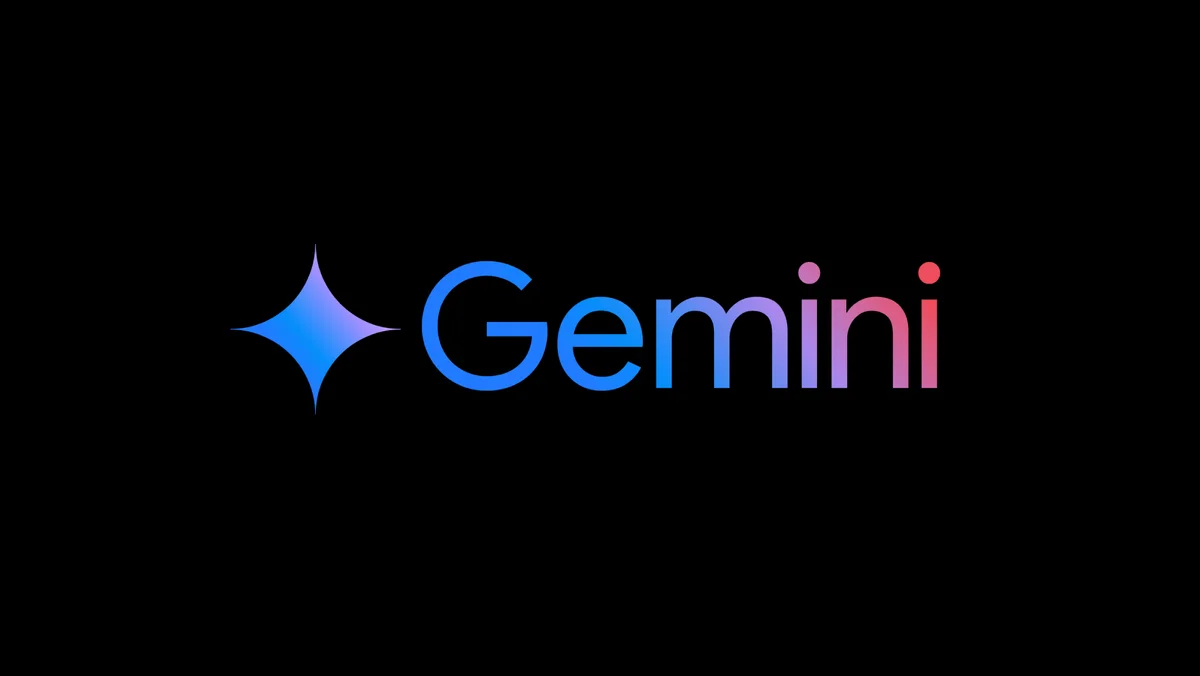
Google’s Gemini app is getting exciting new updates. One big change is that you can now use a new AI tool called Veo 3. This tool helps you make videos just by typing what you want. It’s part of Gemini Ultra, which is a smarter version of the AI. With Veo 3, you can create short videos easily, even if you don’t know how to edit videos.
Another new feature is called Gemini Live with Camera. Now, you can use your phone’s camera to show things to Gemini, and it will help you right away. For example, if you point your camera at a plant, Gemini can tell you what kind it is. This works on your phone’s screen, and it’s made to be easy for anyone to use.
Google is also making the weather app on Pixel phones better. Now, you can see weather maps more clearly. The app will show you detailed maps with rain, clouds, and more. This helps you plan your day better by knowing what the weather will be like.
All these updates make using Google’s apps more fun and helpful. They show how Google is always working to make things easier and smarter for everyone.
Google Wallet now fixes pin problem on wear os smartwatches
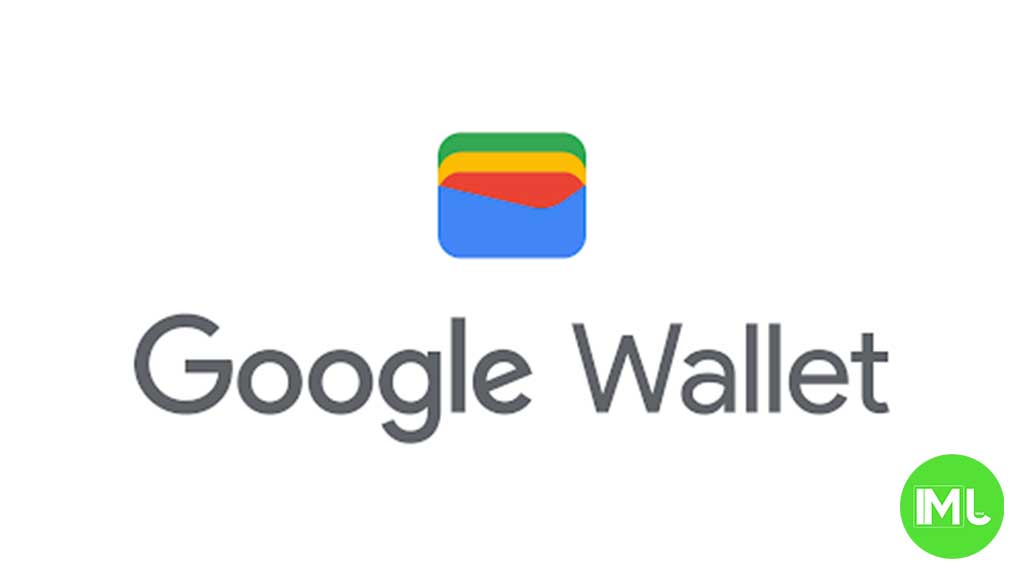
Google has fixed an issue with Google Wallet on Wear OS smartwatches that was making it hard for users to use their PIN code. Before this fix, some users found that when they tried to use Google Wallet to pay with their watch, they were not able to enter their PIN. This made it difficult or even impossible to use the payment feature.
The problem seemed to happen mostly after users updated their smartwatch software or after restarting their device. Some people also noticed it when they locked their watch and then tried to unlock it to make a payment. The issue was frustrating because users could not complete transactions without the correct PIN.
Google has now released an update for Google Wallet on Wear OS. This update solves the problem, so users can once again enter their PIN and use their watch to pay for things. The company did not say if this fix would come as a separate update or as part of a bigger system update. But users should check for updates on their smartwatch to make sure they have the latest version of Google Wallet.
This is good news for people who use their smartwatches to pay for things every day. Now, they can use their watch to pay without worrying about PIN problems. The update should make using Google Wallet on Wear OS watches easier and more reliable. If you are still having trouble, make sure your watch is updated and try restarting it.
-
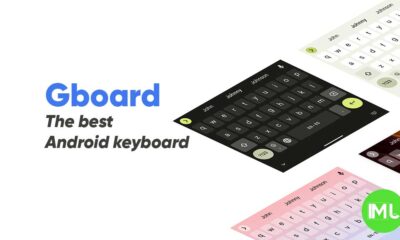
 Apps1 year ago
Apps1 year agoGboard Proofread feature will support selected text
-
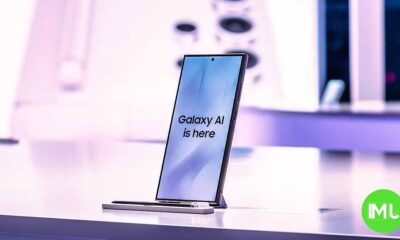
 News1 year ago
News1 year agoSamsung USA crafting One UI 6.1.1
-

 News1 year ago
News1 year agoBreaking: Samsung Galaxy S22 may get Galaxy AI features
-
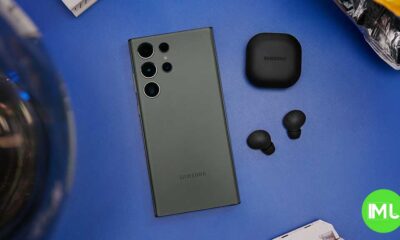
 News1 year ago
News1 year agoSamsung Galaxy S23 Ultra with One UI 6.1 and all S24 AI features revealed
-

 News1 year ago
News1 year agoOne UI 6.1 Auracast (Bluetooth LE Audio) feature coming to many Samsung phones
-

 Apps11 months ago
Apps11 months agoGoogle Contacts app testing new Besties Widget
-
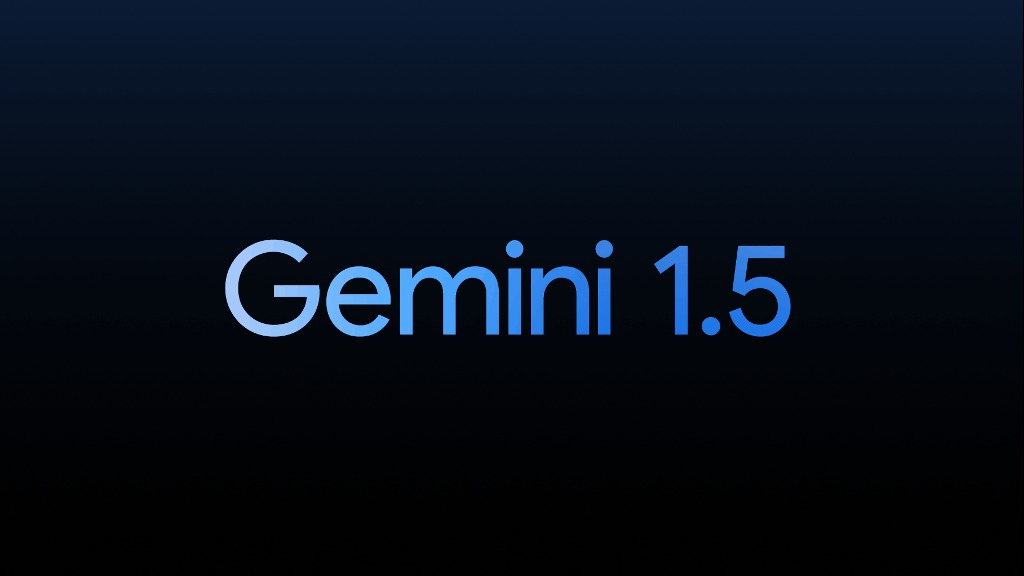
 AI11 months ago
AI11 months agoGoogle Pixel 9 Pro may come with a complimentary one-year Gemini Advanced subscription
-
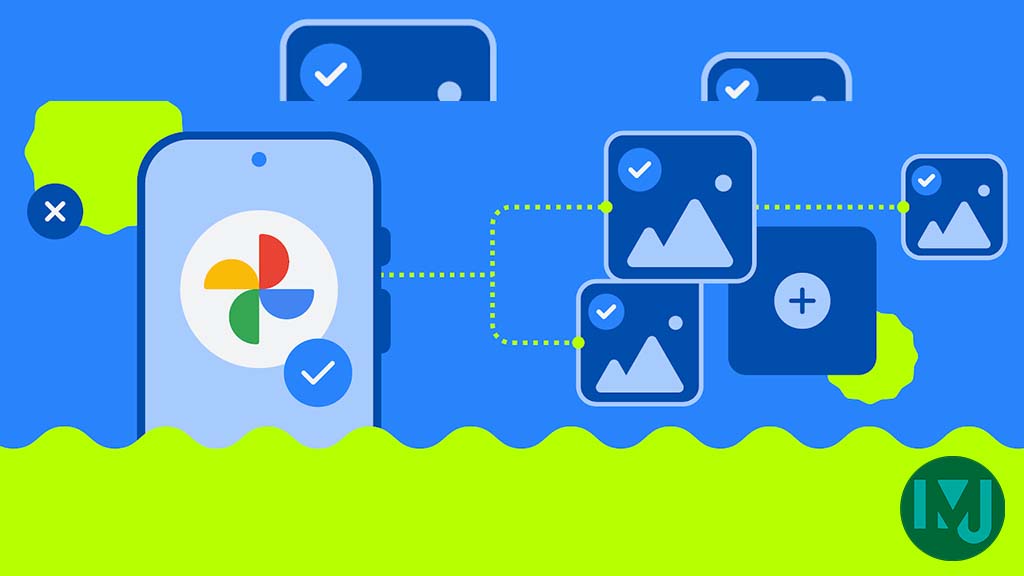
 Apps11 months ago
Apps11 months agoGoogle working on a new video editing feature for its Photo app

